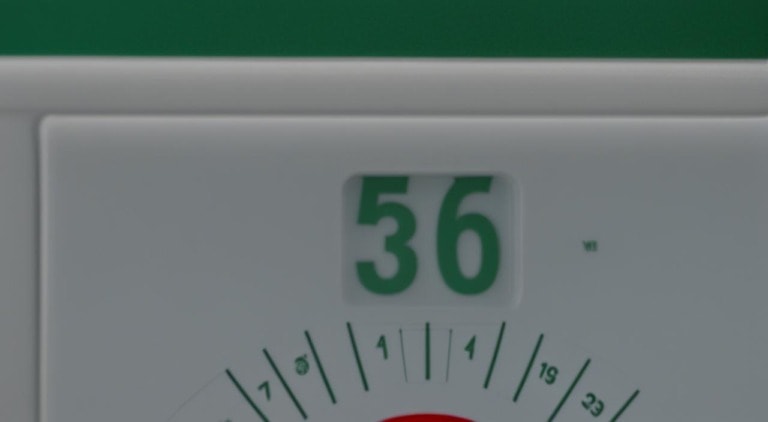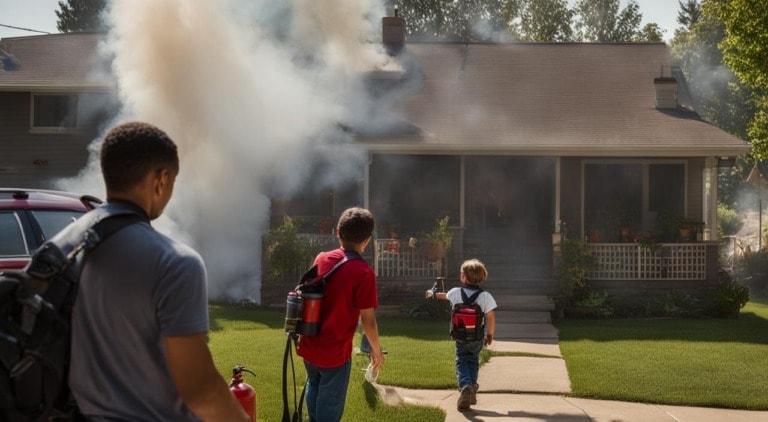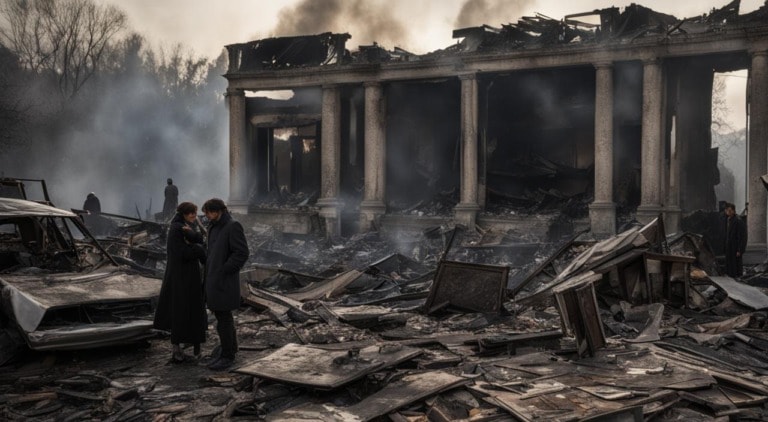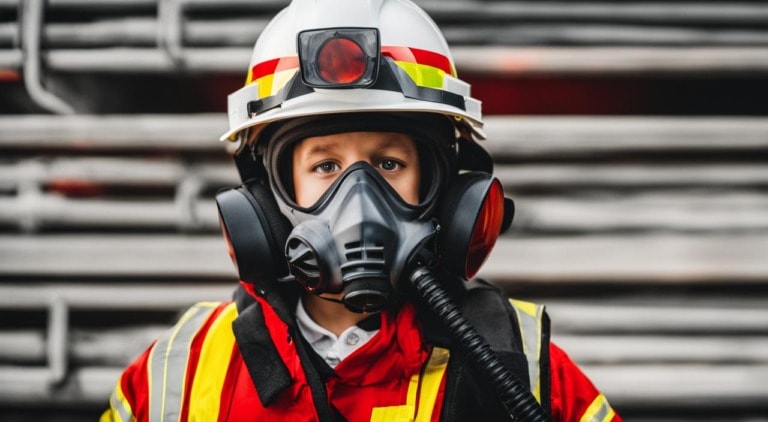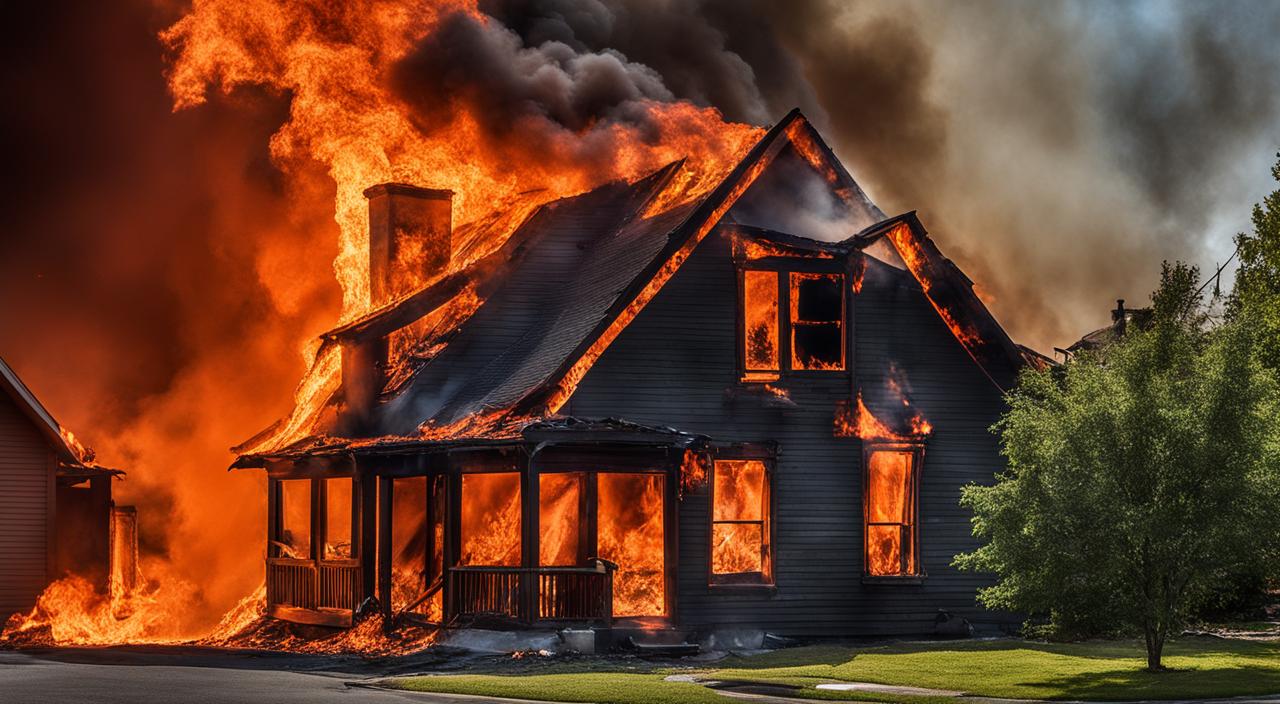
When it comes to the dangers of house fires, understanding the temperature they can reach is crucial for staying informed and staying safe.
House fires are a leading cause of unintentional injury and death at home, with devastating consequences for individuals and families. In just 3 1/2 minutes, the heat from a house fire can skyrocket to over 1100 degrees Fahrenheit (Average House Fire Temperature).
This intense heat poses a grave threat to life and property, making it essential to take preventive measures and be prepared for such emergencies.
Nearly 4,000 Americans lose their lives each year in house fires, and over 2,000 suffer severe injuries. The statistics are alarming, with about 80% of all civilian fire deaths occurring in the home. The elderly are particularly vulnerable, as adults over 65 are more than twice as likely to die in fires.
The leading cause of fire deaths is careless smoking (dangers of house fires), while faulty appliances/wiring and heating devices like heaters, wood stoves, and fireplaces are also significant contributors. Cigarettes and children playing with fire further underscore the importance of fire safety education.
Having a working smoke detector is a critical line of defense, as it more than doubles the chances of surviving a fire.
Unfortunately, fire incidents also claimed the lives of brave firefighters, with 106 casualties in the line of duty reported in the United States in 2005. It is essential to prioritize fire prevention and equip ourselves with the knowledge and tools necessary to mitigate risks and effectively respond to such emergencies.
Knowing the Dangers of Heat in House Fires
The heat generated in a house fire poses significant dangers and can cause devastating damage. It is important to understand the implications of heat to stay informed and take appropriate safety measures.
House fires can generate extreme temperatures that are more dangerous than the flames. At floor level, temperatures can reach 100 degrees Fahrenheit, while temperatures at eye level can skyrocket to 600 degrees. At the ceiling, temperatures can reach a staggering 1,500 degrees.
Such intense heat can lead to a phenomenon known as flashover, where combustible gases rise to the ceiling and ignite all objects in the room simultaneously. This rapid increase in heat, smoke, and pressure often results in breaking windows and bursting doors open.
Not only does the heat from a house fire pose a direct threat to human safety, but it also causes extensive damage to belongings and the structural elements of the house. Even items untouched by flames can suffer heavy smoke damage, with soot permanently staining textiles and smoky odors penetrating various materials.
The restoration process in the aftermath of a house fire often requires the expertise of professional fire restoration services.
The image below depicts the destructive power of heat in a house fire, emphasizing the need to recognize the dangers associated with fire temperature:
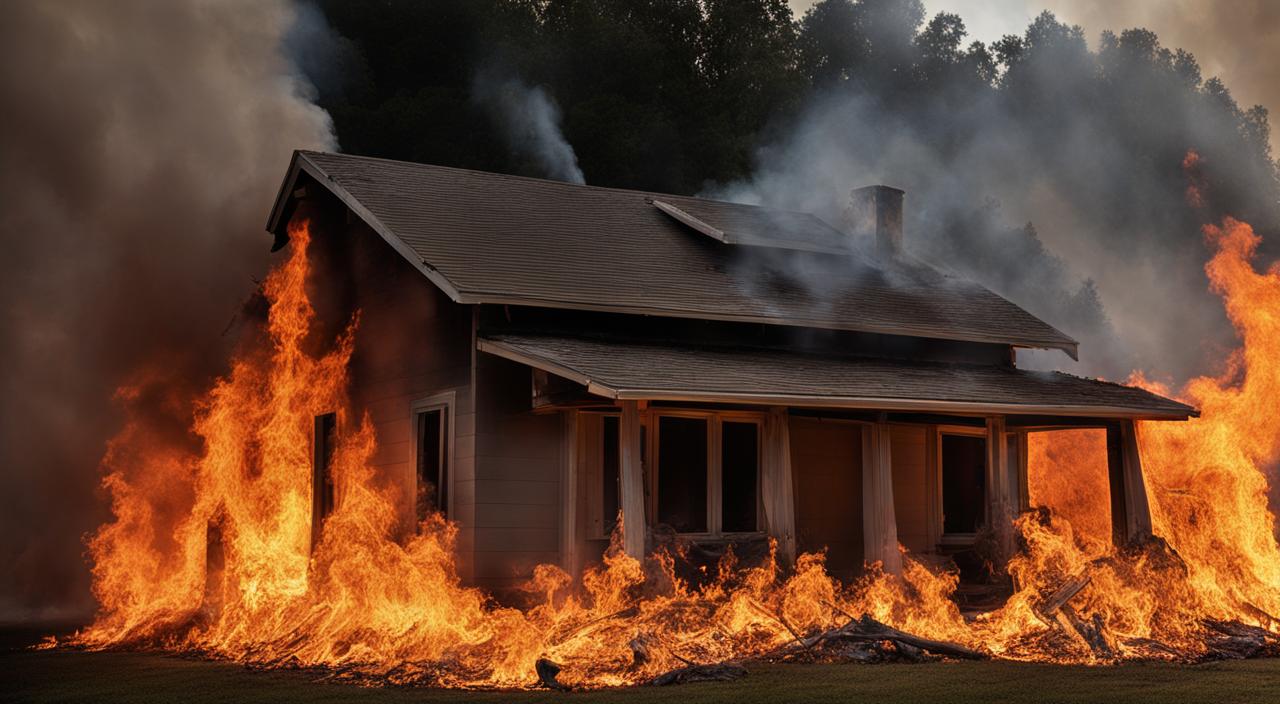
Reducing the Risk of House Fires
In order to minimize the risk of house fires, it is crucial to implement fire prevention measures. One of the most important steps is to install smoke detectors on every level of your home, especially outside of sleeping areas. Regularly testing these smoke detectors and replacing their batteries twice a year is highly recommended to ensure they function properly.
Teaching children about the sound of smoke alarms and educating them on what firefighters look like can help them respond appropriately in case of a fire. Creating and practicing a fire escape plan with your family is also essential. Make sure to establish two ways out of every room, practice crawling low to the floor to escape smoke, and regularly test the safety of your exit routes.
Preventing kitchen fires is another important aspect of fire safety. Avoid using open flames whenever possible and practice safe cooking habits, such as never leaving the stove unattended.
Additionally, it is crucial to prioritize electrical safety by ensuring that your electrical system is not overloaded or damaged. Keep flammable materials away from heat sources and regularly maintain your heating equipment.
Equipping your kitchen with a fire extinguisher and knowing how to use it properly can be vital in extinguishing small fires.
Keep in mind that in the event of a fire, you should never go back inside a burning home. Instead, promptly evacuate and call emergency responders from a neighbor’s house. By following these fire prevention measures, you can significantly lower the risk of house fires and ensure the safety of yourself and your loved ones.

